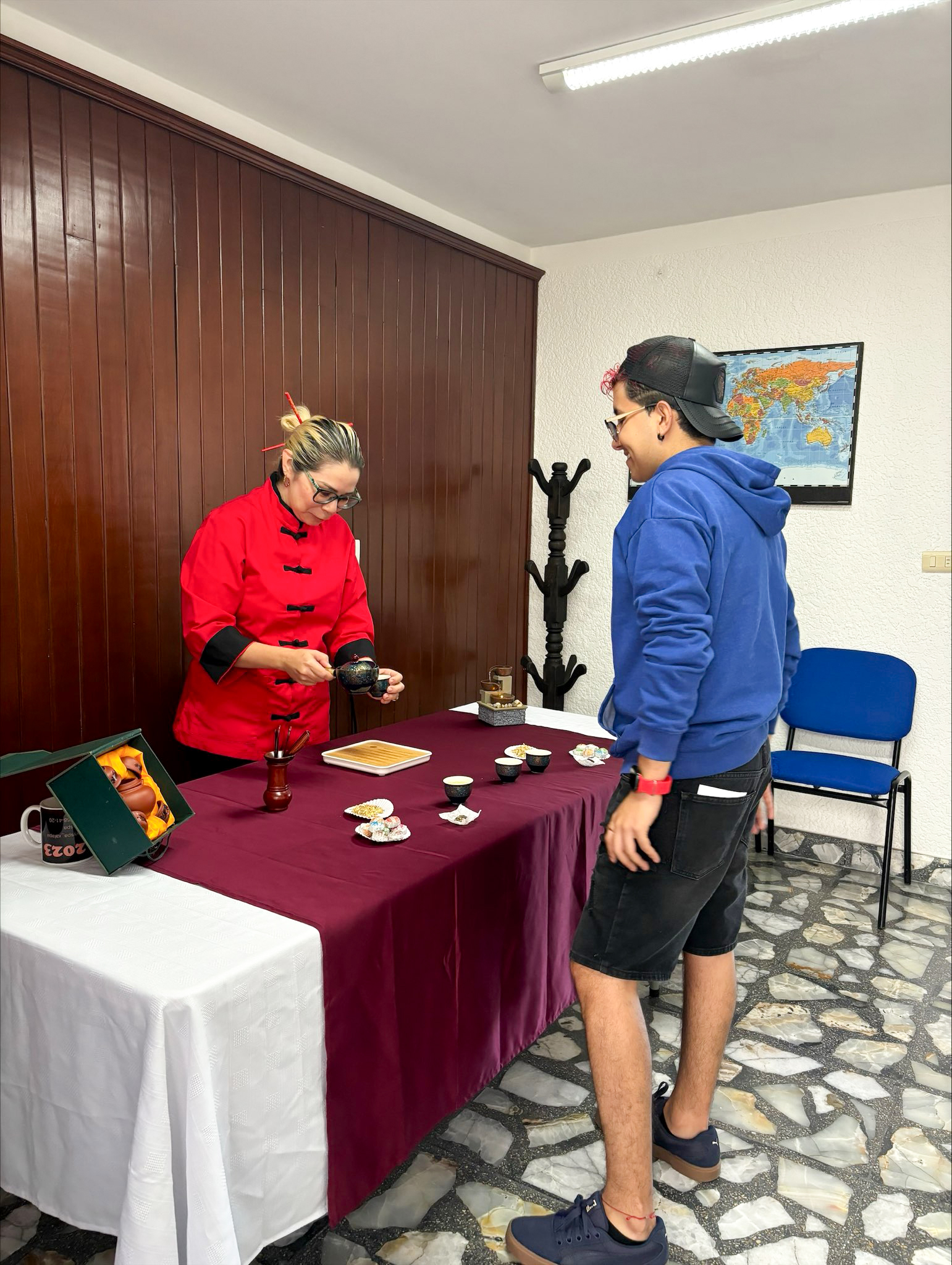Get to know us!
We are a private entity dedicated to promoting and encouraging language learning with highly academic language professionals. It specializes in developing communication skills and promoting cultural and linguistic exchanges.
Our teaching method will allow you to experience getting to know another country and master the language, learn its culture and meet people with the same interests as you to create bonds that allow you to increase your communication skills.
Our languages
Strategic agreements
At Hanxue School, we aim to enhance education through cooperation and the exchange of experiences and resources. That is why we have strategic agreements with other institutions.
Your content goes here. Edit or remove this text inline or in the module Content settings. You can also style every aspect of this content in the module Design settings and even apply custom CSS to this text in the module Advanced settings.






